The Power of LinkedIn for Small Businesses: A Comprehensive Guide
In today's digitally-driven business landscape, social media platforms have emerged as indispensable tools for small businesses seeking to connect with their target audience, establish authority in their industry, and drive growth.
Among these platforms, LinkedIn stands out as a powerful networking platform uniquely tailored to professionals and businesses. With its robust suite of features and unparalleled reach, LinkedIn offers small businesses a wealth of opportunities to showcase their brand, engage with prospects, and expand their network. In this blog, we'll delve into the inner workings of LinkedIn for small businesses, exploring its key features, best practices, and strategies for success.
Understanding LinkedIn's Value Proposition for Small Businesses:
LinkedIn is more than just a social networking platform—it's a dynamic ecosystem designed to facilitate professional connections, knowledge sharing, and business growth. For small businesses, LinkedIn offers a multitude of benefits and opportunities, including:
Targeted Networking: LinkedIn provides a platform for small businesses to connect with industry peers, potential customers, and thought leaders within their niche. By joining relevant groups, participating in discussions, and engaging with other users' content, small businesses can expand their network and establish valuable connections.
Brand Visibility: With over 700 million users worldwide, LinkedIn offers unparalleled reach and visibility for small businesses looking to increase their brand exposure. By optimizing their company page, sharing compelling content, and engaging with their audience, small businesses can enhance their visibility and attract attention from potential customers and partners.
Thought Leadership: LinkedIn allows small businesses to position themselves as industry leaders and subject matter experts within their field. By sharing insightful articles, thought-provoking posts, and valuable insights, small businesses can build credibility, trust, and authority among their target audience.
Lead Generation: LinkedIn offers powerful tools for lead generation and customer acquisition, including LinkedIn Ads, sponsored content, and InMail campaigns. By targeting specific demographics, job titles, and industries, small businesses can reach their ideal audience and drive qualified leads to their website or landing pages.
Talent Acquisition: LinkedIn serves as a valuable recruitment platform for small businesses looking to hire top talent. By posting job openings, engaging with potential candidates, and showcasing company culture, small businesses can attract qualified candidates and build a talented team.
Best Practices for Leveraging LinkedIn for Small Businesses:
To maximize the impact of LinkedIn for small businesses, it's essential to follow best practices and strategies for success. Here are some tips to help small businesses harness the power of LinkedIn effectively:
Optimize Your Company Page: Create a compelling and informative company page that highlights your brand, products, services, and value proposition. Use high-quality images, concise descriptions, and relevant keywords to enhance visibility and attract followers.
Share Valuable Content: Share a mix of original content, curated articles, and multimedia resources that provide value to your target audience. Focus on topics relevant to your industry, address common pain points, and offer solutions or insights that demonstrate your expertise.
Engage with Your Audience: Actively engage with your audience by responding to comments, messages, and inquiries in a timely and professional manner. Foster meaningful conversations, ask questions, and encourage feedback to build relationships and rapport with your followers.
Join LinkedIn Groups: Join industry-specific groups and communities relevant to your business and participate in discussions, share insights, and connect with fellow professionals. Engage authentically and avoid overtly promotional behavior to establish credibility and trust within the group.
Utilize LinkedIn Ads: Consider incorporating LinkedIn Ads into your marketing strategy to amplify your reach and target specific audience segments. Experiment with different ad formats, targeting options, and ad creatives to optimize performance and drive results.
Leverage LinkedIn Analytics: Monitor the performance of your LinkedIn activities using LinkedIn Analytics to gain insights into your audience demographics, engagement metrics, and content effectiveness. Use these insights to refine your strategy, identify areas for improvement, and optimize your LinkedIn presence.
LinkedIn offers small businesses a wealth of opportunities to connect, engage, and grow in today's competitive business landscape. By leveraging its powerful features, targeting capabilities, and networking opportunities, small businesses can enhance their brand visibility, establish thought leadership, generate leads, and build valuable relationships with customers, partners, and industry peers. With a strategic approach and a commitment to providing value to their audience, small businesses can unlock the full potential of LinkedIn and drive sustainable growth and success for their business.
